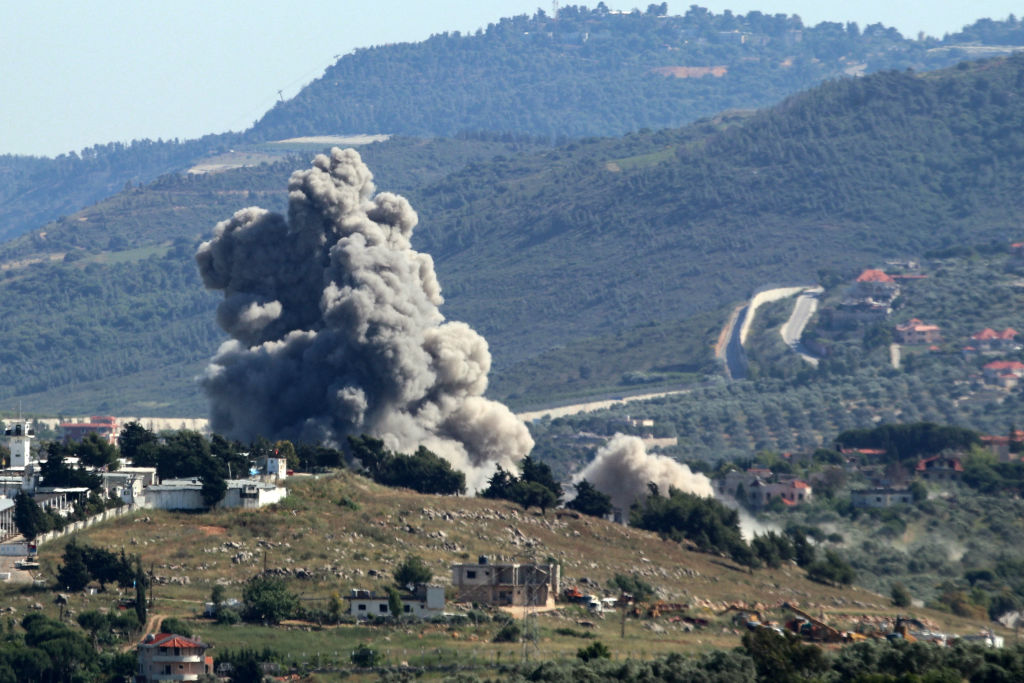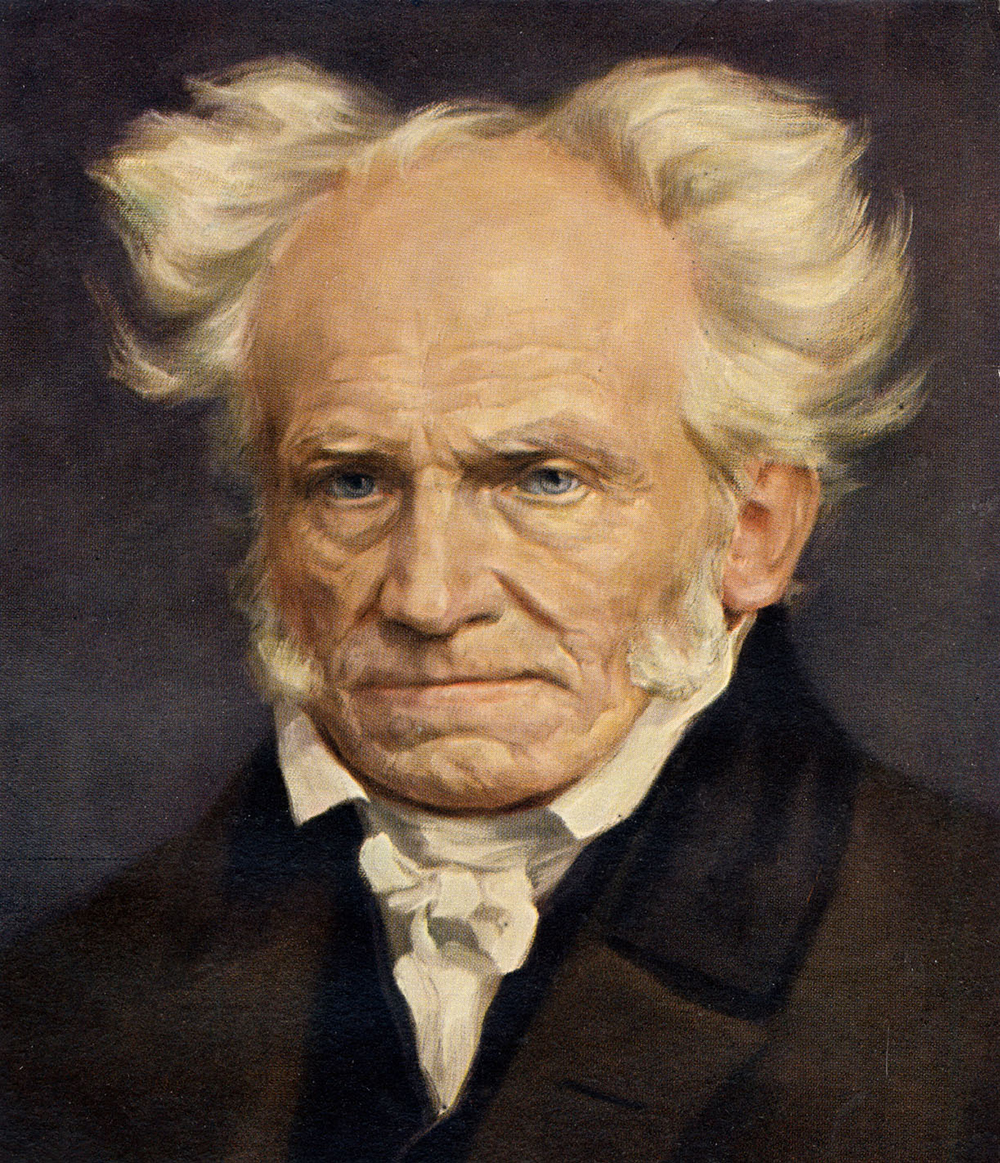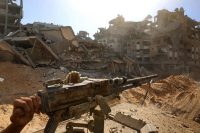The war in Gaza is perceived internationally as a limited affair, pitting Israel against the Islamist Hamas organisation within the confines of a narrow strip of territory on the Mediterranean coast. This view has long been reductive. A number of other fronts are active as a result of the outbreak of war in Gaza. And one of them – Lebanon – is currently showing signs of erupting into full conflict.
In November, the Yemeni Ansar Allah (Houthis) movement commenced their targeting of shipping in the Gulf of Aden and the Red Sea. In the same month, the Iran-allied Shia militias in Iraq began attacks on Israel, and on US and allied forces in Iraq and Syria. Today, if one includes the West Bank where militias armed by smuggling routes from Syria across Jordan engage sporadically against the IDF, there are five active fronts in this war: Gaza, the West Bank, Lebanon, Iraq, Syria and Yemen (or the Gulf of Aden).
Hezbollah is a vastly more powerful organisation than Hamas
For most of the last eight months, the scale and intensity of the fighting in Gaza has eclipsed these other zones of engagement. There are signs, however, that this may now be changing. Specifically, the confrontation between Israel and Hezbollah, the Iranian Revolutionary Guard Corps proxy, in the Israel-Lebanon border area has sharply increased in scope and intensity in recent days. This escalation has probably not yet reached its peak.
Daily exchanges of fire between Hezbollah and the IDF have been taking place since October last year. Around 60,000 Israelis have left their homes in the border area and become, effectively, refugees in their own country. On the other side of the line, around 100,000 Lebanese have departed northwards. To a 5km depth along the border, normal life has effectively ceased to exist in Israel. With bitter humour, Israelis now often refer to this area as Hezbollah’s ‘security zone’, referencing the buffer zone that Israel held north of the borderline between 1985 to 2000.
In the daily tactical exchanges now taking place, Israel is maintaining the upper hand. This is reflected in the casualty figures on both sides. Ten IDF soldiers and 14 Israeli civilians have been killed in the fighting against Hezbollah over the last eight months. On the other side, Hezbollah acknowledges 330 killed, alongside an unknown number of civilians. Targeted killings of senior movement cadres are taking place every few days.
But Israel’s tactical advantage is not impacting the larger strategic situation. And the low casualty figures on the Israeli side are partly explained by the northern border area being effectively de-populated. Currently, residents of northern border communities are unwilling to return to their homes, not only because of the current state of conflict, but also because the presence of Hezbollah fighters along the border, sometimes just a few meters from Israeli homes, raises the possibility of another 7 October type attack on a larger scale.
The school year in Israel begins on 1 September. As things currently look, thousands of Israeli families are set to face continued severe disruption to their lives, unable to return to their homes. At a wider level, the effective conceding of an area of territory under duress in this way is an unprecedented occurrence for Israel. If allowed to stand, it will represent a significant and ominous achievement for its Islamist enemies.
In recent days, the range and intensity of the exchanges of fire has increased. Israel killed 17 Iran-linked operatives in an airstrike close to the Syrian city of Aleppo on Monday. The death toll included two Iranian citizens, one of whom, Sayeed Aviar, was a senior IRGC operative. Three Lebanese Hezbollah men were also among the dead. Closer to the border, Hezbollah operatives were taken out by Israel in the last few days. Most senior among them was Ali Hussein Sabra, an engineer involved in developing the movement’s air defence capacities.
In response to these successes, Hezbollah fired rockets and drones at Katzrin in the southern Golan Heights, and the border towns of Kiryat Shmoneh. A drone also fell on the city of Nahariya further south, the first time that this area has been successfully targeted in the current conflict. Large brushfires were ignited by Hezbollah’s ordnance in the Katzrin area and on the Ramim Ridge.
The unacceptable nature of the current situation on the northern border area, and the failure of the current level of Israeli actions against Hezbollah to induce the movement to cease its attacks, are leading to increasing calls in Israel for a sharp intensification of operations against the Lebanese Shia organisation.
IDF chief of staff Herzi Halevi said on Tuesday following an assessment with military officials at a base in Kiryat Shmoneh that: ‘We are approaching the point where a decision will have to be made, and the IDF is prepared and very ready for this decision… we are prepared after a very good process of training… to move to an attack in the north.’
Prime Minister Benjamin Netanyahu, meanwhile, said a day later in Kiryat Shmoneh: ‘Anyone who thinks that they can harm us and we will sit on our hands is sorely mistaken.’
So, what will happen now? Hezbollah is a vastly more powerful organisation than Hamas, with a fearsome array of rockets and missiles and a large, experienced ground force. Israel has no partners or allies within Lebanon. The country is today under the effective domination of Hezbollah and Iran. A major operation against the group, from the air or the ground, will almost certainly produce missile fire on central Israel. It could also trigger increased attacks from Iranian forces or their allies in Syria and Iraq. On the other hand, the present situation is obviously untenable, unless the government of Israel wishes to concede the country’s northern border communities to Lebanon’s IRGC franchise. It is a difficult decision for Netanyahu.







Comments